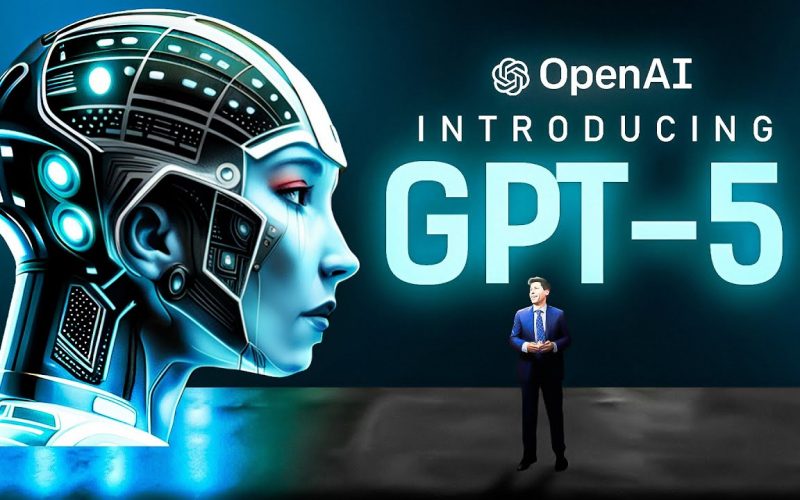Integration with chat platforms and frameworks is crucial when deploying and maintaining GPT chatbots. It enables seamless interaction with users on various messaging platforms or within existing applications. Here are some key considerations for integrating GPT chatbots with chat platforms and frameworks:
- API integration: Most chat platforms and frameworks provide APIs or SDKs that allow integration with external services. Ensure that the GPT chatbot has a well-defined API that can send and receive messages from the chat platform. This enables bidirectional communication between the chatbot and the platform, facilitating message handling and response generation.
- Webhooks and event-driven architecture: Utilize webhooks or event-driven architectures to receive and process messages from the chat platform in real-time. Webhooks enable the chatbot to listen for incoming messages and trigger appropriate actions or responses. This approach ensures timely and efficient communication between the chatbot and the platform.
- Authentication and security: Implement secure authentication mechanisms to protect the communication between the chatbot and the chat platform. Use encryption protocols (e.g., HTTPS) and authentication tokens to ensure the confidentiality and integrity of messages exchanged. Follow best practices for securing APIs and handling user credentials.
- Message formatting and parsing: Understand the message format and conventions used by the chat platform. Parse incoming messages to extract relevant information such as user input, context, or metadata. Similarly, format outgoing messages to comply with the platform’s requirements and standards. Consistent message formatting ensures a smooth user experience.
- Channel-specific customization: Different chat platforms may have specific features, capabilities, or limitations. Customize the chatbot’s behavior and responses based on the capabilities and constraints of each platform. Adapt the conversation flow, message length, or supported interactive elements to align with the specific channel requirements.
- NLP integration: Integrate natural language processing (NLP) capabilities with the chat platform to enhance the chatbot’s understanding and response generation. This may involve leveraging platform-specific NLP APIs or integrating third-party NLP services. NLP integration enables the chatbot to analyze user input, extract intent, and generate meaningful responses.
- Error handling and logging: Implement robust error handling mechanisms to handle exceptions, edge cases, and failures during the integration process. Log relevant information and errors for debugging and troubleshooting purposes. Detailed logs help in diagnosing issues and maintaining the chatbot’s performance and reliability.
- Scalability and load balancing: Ensure that the chatbot infrastructure is designed to handle increased traffic and concurrent users. Consider load balancing techniques, horizontal scaling, and caching mechanisms to distribute the load and maintain optimal performance during peak usage. Regularly monitor the chatbot’s performance and scale the infrastructure as needed.
- Version control and updates: Adopt version control practices to manage the codebase of the chatbot and track changes over time. This enables proper versioning, rollback capabilities, and collaboration among developers. Implement a reliable deployment process to deploy updates, bug fixes, or new features to the chatbot while minimizing downtime.
- Monitoring and analytics: Set up monitoring and analytics tools to track the chatbot’s performance, usage patterns, and user satisfaction metrics. Monitor system health, response times, and error rates to identify and resolve issues promptly. Leverage analytics data to gain insights into user behavior, conversation patterns, and areas for improvement.
- Conversation State Management: Implement state management to handle multi-turn conversations effectively. The chatbot framework or API may provide mechanisms to store and retrieve conversation history, including user inputs and chatbot responses. This allows for maintaining context and generating coherent replies based on the conversation history.
- Event Handling: In addition to regular chat messages, chat platforms also support events triggered by actions such as button clicks, menu selections, or quick replies. Ensure that the chatbot framework or API supports handling these events and provide appropriate responses based on the event type.
- Continuous Monitoring and Maintenance: Regularly monitor the performance and metrics of the deployed chatbot. Collect feedback from users and utilize analytics to gather insights and make improvements. Regularly update your chatbot’s training data and model as new data becomes available, ensuring that the chatbot’s responses remain accurate and up-to-date.
- Iterative Improvements: Keep iterating and improving your chatbot based on user feedback and insights gained from real-world usage. Update the chatbot’s training data, fine-tune the model, and refine the conversation flow to conti
By effectively integrating GPT chatbots with chat platforms and frameworks, you can deploy and maintain chatbots that seamlessly interact with users across different messaging channels. This enables wider accessibility, improved user engagement, and a consistent experience across various platforms.
SHARE
